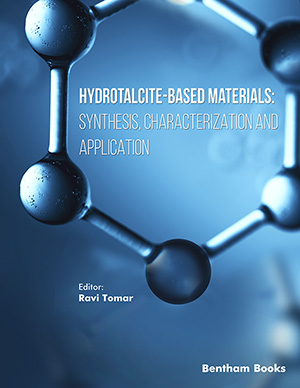
Abstract
Background: Computed mathematical descriptors of molecules are used for the prediction of their property/ bioactivity. In the 1970s only a few descriptors could be calculated, currently available software can calculate a large number of descriptors for molecules or biomolecules like DNA/ RNA, proteins.
Objective: When p molecular descriptors are calculated for n molecules, the data set can be viewed as n vectors in p dimensions, each chemical being represented as a point in . Because many of the descriptors are strongly correlated, the n points in will lie on a subspace of dimension lower than p. Methods like principal components analysis (PCA) can be used to characterize the intrinsic dimensionality of chemical spaces. Taking motivation from the work of Basak et al. in 1980s in using PCA of descriptors calculated for various congeneric and structurally diverse sets of chemicals relevant to new drug discovery and predictive toxicology, this paper explores the intrinsic dimensionality of chemical spaces for robust QSAR model development.
Methodology: Intrinsic dimensionality of chemical spaces was studied using three new statistical approaches and two data sets, viz. a congeneric set of 95 aromatic and heteroaromatic amine mutagens and a structurally diverse set of 508 chemical mutagens.
Results: The new outlier-robust methods applied here yield favorable prediction results compared to previous studies on same datasets.
Conclusion: We conclude that while analyzing data on large number of chemical descriptors, it is advisable to build QSAR models that are outlier-robust, and take into consideration the underlying correlations among predictors.
Keywords: Aromatic and heteroaromatic amines, chemical mutagens, hierarchical QSAR, leave one out (LOO) cross validation, principal component analysis, robustness, sufficient dimension reduction.
 42
42 1
1 1
1 1
1



























